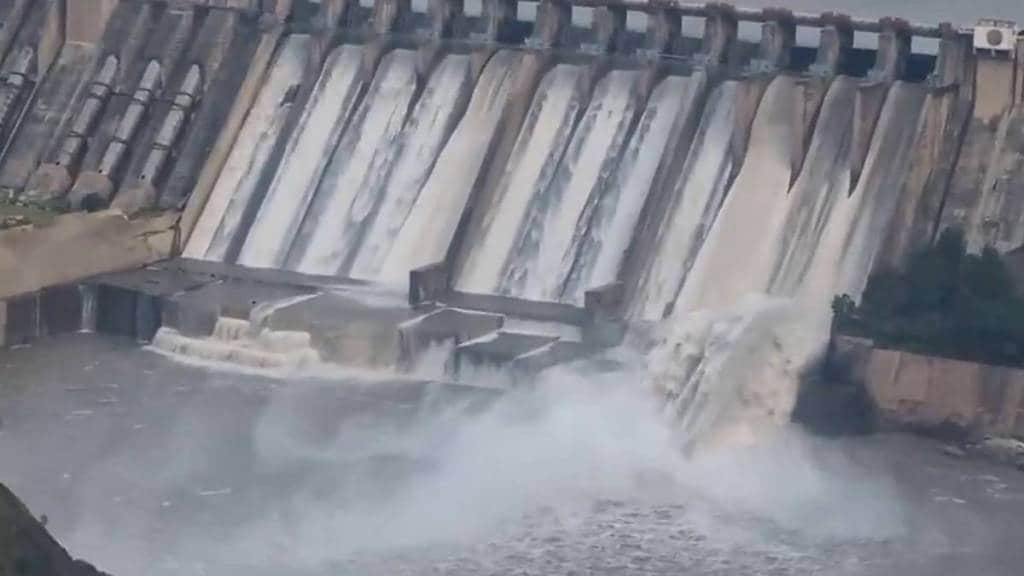The Central Electricity Authority (CEA) is seeking to outsource geological investigations to speed up the approval of hydro power projects, including pumped storage projects. The agency will be hiring external exports to speed up project design and help in timely completion of projects while achieving the energy transition goals “earlier than targeted”, as per an official notice.
Why the outsourcing drive?
“Competent experts will evaluate geological chapters of detailed project reports (DPRs) and ensure the geological aspects of hydro electric projects and pumped storage projects. CEA shall concur DPRs of these hydro electric projects and pumped storage projects based on the evaluation done by the competent experts. The competent experts will get suitable payment towards evaluation of the DPR chapters,” the agency said.
The objectives include cutting short the time taken in evaluation or appraisal of chapters so as to expedite concurrence of DPR in a time bound manner. “Timely concurrence of DPRs shall help in timely commissioning of the projects in an accelerated mode and achieve the target of energy transition earlier than targeted schedule,” the CEA said. Presently, geological studies are carried out by various government agencies.
India’s hydro and storage capacity goals
As per latest CEA estimates, the country has 133.4 gigawatt (GW) of large hydro electric potential development. The country’s present installed hydro capacity stands at 50.1 GW as of August 2025, data from CEA showed. Around 13.2 GW of large hydro capacity is under construction and 21 GW capacity projects concurred by CEA are yet to be taken up for construction.
The combined capacity of RE and large hydro-based power capacity increased at a compound annual growth rate of about 11% over the past decade. Such capacity stood at 243 GW as of August 2025, constituting 49.0% of the overall power generating capacity, led by strong policy support and improving tariff competitiveness, according to Icra.
Icra estimates the share of RE and hydro to increase to over 35% by 2030, led by the large RE capacity addition and the fact that the coal-powered segment is likely to see a relatively lower capacity addition.
Further, to counter the intermittency issue with green energy, CEA is aiming to scale up capacity addition for pumped hydro storage to over 10 GW every year from 2028–29, its chairperson Ghanshyam Prasad has earlier said. The country aims to increase pumped storage capacity to around 57 GW by 2032, from current levels of about 5 GW.


